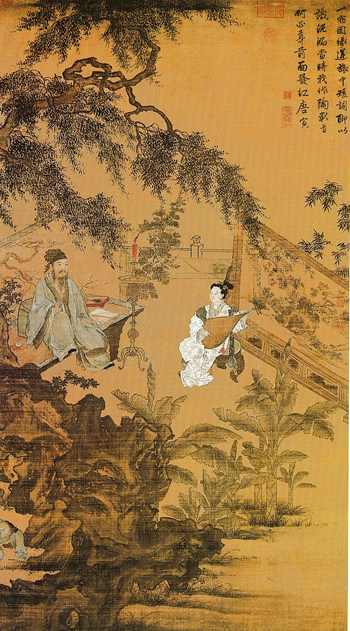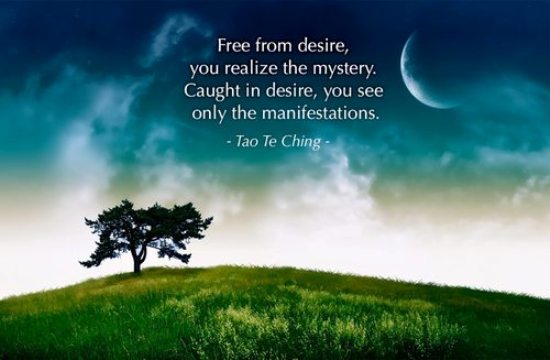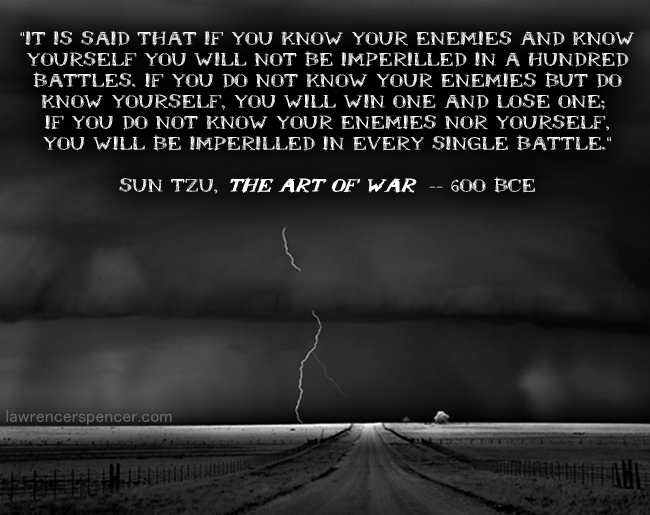Republished by Blog Post Promoter
 Taoism is not a religion, nor a philosophy. It is a “Way” of life. It is a River. The Tao is the natural order of things. It is a force that flows through every living and sentient object, as well as through the entire universe. When the Tao is in balance it is possible to find perfect happiness.
Taoism is not a religion, nor a philosophy. It is a “Way” of life. It is a River. The Tao is the natural order of things. It is a force that flows through every living and sentient object, as well as through the entire universe. When the Tao is in balance it is possible to find perfect happiness.
The text central to all expressions of the Taoist spirit is the Tao-te Ching (“Classic of the Way and Its Power”), previously known as Lao-tzu after the name of the mysterious master traditionally said to have been its author. The cardinal concept is that of the Tao, the ineffable, eternal, creative reality that is the source and end of all things.
Tao is the Absolute, the “Uncarved Block” experienced only in mystical ecstasy. Te is the manifestation of the Tao within all things. Thus, to possess the fullness of te means to be in perfect harmony with one’s original nature. According to Chuang-tzu (4th century BC), an individual in harmony with the Tao comprehends the course of Nature’s constant change and fears not the rhythm of life and death.
As the Tao operates impartially in the universe, so should mankind disavow assertive, purposive action. The Taoist life is not, however, a life of total inactivity. It is rather a life of nonpurposive action (wu-wei). Stated positively, it is a life expressing the essence of spontaneity (tzu-jan, “self-so”).
 Taoism has been attributed to three sources, the oldest being the legendary ‘Yellow Emperor‘, (2,704 BCE) but the most famous is Lao Tse’s Tao Teh Ching. (5th century B.C.) The “Yellow Emperor”, Huangdi, third of ancient China’s mythological emperors, is a Chinese culture hero and patron saint of Daoism or Taoism. Huangdi is reputed to have been born about 2,704 BCE. His legendary reign is credited with the introduction of wooden houses, carts, boats, the bow and arrow, and writing.
Taoism has been attributed to three sources, the oldest being the legendary ‘Yellow Emperor‘, (2,704 BCE) but the most famous is Lao Tse’s Tao Teh Ching. (5th century B.C.) The “Yellow Emperor”, Huangdi, third of ancient China’s mythological emperors, is a Chinese culture hero and patron saint of Daoism or Taoism. Huangdi is reputed to have been born about 2,704 BCE. His legendary reign is credited with the introduction of wooden houses, carts, boats, the bow and arrow, and writing.
Huangdi himself is credited with defeating “barbarians” in a great battle somewhere in what is now Shanxi—the victory winning him the leadership of tribes throughout the Huang He (Yellow River) plain. Some traditions also credit him with the introduction of governmental institutions and the use of coined money. Huangdi’s wife was reputed to have discovered sericulture (silk production) and to have taught women how to breed silkworms and weave fabrics of silk.
Huangdi is held up in some ancient sources as a paragon of wisdom whose reign was a golden age. He is said to have dreamed of an ideal kingdom whose tranquil inhabitants lived in harmonious accord with the natural law and possessed virtues remarkably like those espoused by early Taoism. On waking from his dream, Huangdi sought to inculcate these virtues in his own kingdom, to ensure order and prosperity among the inhabitants. Upon his death he was said to have become an immortal. (source: Encyclopedia Britannica)
Read more about Taoism at http://www.crystalinks.com/taoism.html

